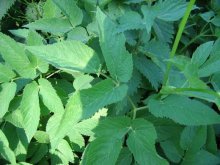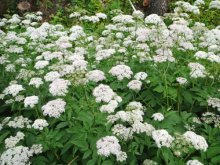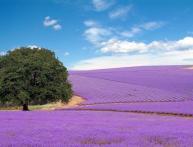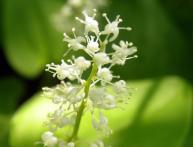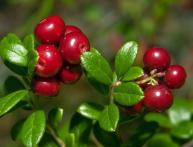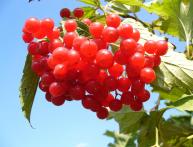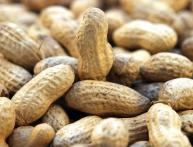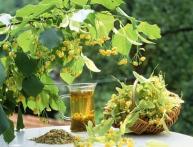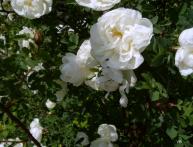The plant: composition, use in folk medicine
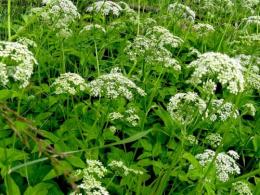
The common borer belongs to the Umbrella family. Its Latin name - Aegopodium podagraria - comes from the words “aegos”, which means goat in Russian, and “podion” (leg), since the top of the leaves of the plant are shaped like goat tracks. "Rodagra" translated into Russian means rheumatic pain in the lower extremities, a trap.
Content:
- Snitch - general information
- The use of dream in folk medicine
- Phytotherapeutic recipes using dreamweed
Snitch - general information
Gooseberry is a perennial plant with a horizontally growing rhizome, a bare or slightly pubescent herbaceous stem about 100 cm high. The leaves are simple, large, wedge-shaped, pointed, with a long petiole (about 40 cm). The leaves located at the top of the plant are smaller and trifoliate.
It blooms in mid-summer. In June-July, it throws out a flower arrow, on which small white flowers appear collected in complex umbrellas. The plant loves the sun; in dark places it may not bloom for years.
Late July-early August the plant bears fruit, forming oblong, slightly laterally compressed fruits. A lot of seeds are produced, due to which the plant reproduces quickly and easily, so the weed is considered a malicious weed that is difficult to eradicate. It grows in sparse, often broad-leaved forests, along forest edges, clearings, along fences, in ravines, gardens, often forming large dense thickets.
Chemical composition of dream
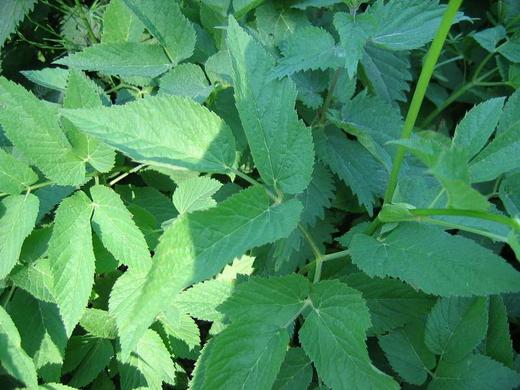
The common borer has rich chemical composition. It is a source of ascorbic acid, carotene, flavonoids, amino acids, essential oils, micro- and macroelements, chlorophyll, unsaturated and saturated fatty acids.
The largest amount of vitamin C is found in the leaves of the weed (65-100 mg per 100 g of leaves). The maximum concentration of this substance is observed in autumn. Micro- and macroelements are represented by potassium, iron, calcium, magnesium, aluminum, phosphorus, etc. The stem and leaves of the weed contain organic acids, in particular malic and citric.
Such a rich chemical composition determines the healing properties of dream, which has won the title of medicinal plant and is widely used in folk medicine in the treatment of various diseases.
The use of dream in folk medicine
Dryweed is widely used in folk medicine. As a rule, dry or fresh leaves and rhizomes of the plant are used, from which infusions, compresses are made, and juice is squeezed out. The plant has a diuretic, anti-inflammatory, analgesic, vitamin, tonic, and antihypoxic effect.
Therefore, preparations from this plant indicated for prevention and treatment hypovitaminosis, anemia, normalization of metabolic processes and improvement of the general condition of the body. It helps to enhance the excretory function of the kidneys and renal blood flow, making its use advisable for diseases of the kidneys and bladder, and edema.
Common weed is widely used for rheumatism, arthritis, arthrosis, and gout.Due to the anti-inflammatory, emollient, and wound-healing properties of nymph, it is used to treat exudative diathesis, erysipelas, fungal skin infections, and for the rapid healing of wounds and bedsores.
Dwarf is also used to treat diseases of the digestive tract, which is due to its ability to have a choleretic effect and normalize digestive processes.
Phytotherapeutic recipes using dreamweed
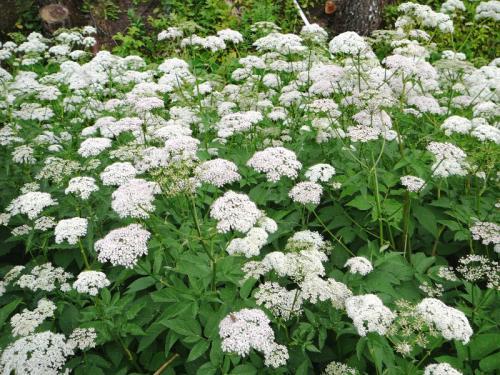
- Infusion for treatment pathologies of the urinary system. Pour boiling water (250 ml) over finely chopped freshly picked herb (2 tablespoons) and leave to infuse in a thermos for one hour. After one hour, strain the infusion and take 50 ml before each meal (at least four times a day).
- Compresses. Grind freshly picked leaves and apply as an anesthetic compress for joint diseases.
- Infusion for the treatment of diathesis and skin rashes. Grind the dry leaves of the plant (three teaspoons), pour in two glasses of hot water, and leave to infuse for two hours. Take 50-70 ml four times a day before meals.
- Alcohol infusion for the treatment of diseases of the digestive tract. Finely chop the roots of the gooseberry and place it in a jar so that it is one-third full. Pour alcohol into the jar to the top, cover with a lid and leave to infuse in a cool place for 1.5-2 weeks. Take 20-25 drops of infusion 3 times a day before meals for one month.
- For vitamin deficiency and an unbalanced diet, it is useful to include in your diet leaves and stem of the plant. Young stems can be eaten raw, after washing and peeling.Fresh leaves can be used as a substitute for cabbage in salads, soups, and side dishes. Dry leaves can be ground into powder, which can be used as a seasoning for soups, sauces, and dressings. The dishes immediately acquire a pleasant vegetable taste and aroma and become very healthy.
About the beneficial properties of dream in the video:
Interesting information about the vegetable garden

